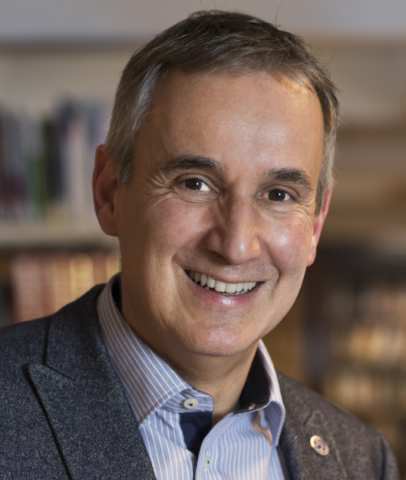In this, my first message to the personnel, I’d like to focus on diversity. In all my time representing Switzerland in Council bodies, and looking at CERN from the outside, I was always impressed by the way in which the Organization deals with this issue. Fairness is intrinsic to a place like CERN, as it is to science, and I think that’s the key, because fairness is at the heart of nurturing diversity.
Whether we’re talking about the biosphere, what we eat or the place where we work, diversity is key. But in all these cases, nurturing diversity requires effort, and that’s as true for CERN as it is for anywhere else. That’s why we have a diversity office to help us. It’s why we have policies that promote diversity, and it’s one of the reasons why we have a code of conduct to guide us in our working relationships.
People often equate diversity with visible aspects such as gender and ethnicity, but there’s a lot more to it than that. Diversity is also about the things we can’t see: things like where we come from, our approach to work and our way of thinking. Different cultures have different norms for social interaction, and it’s important to be respectful of these. An introvert might have just as much to say as an extrovert, so it’s important to give everyone the chance to be heard.
CERN takes diversity very seriously. Ever since the renowned theoretical physicist, Mary K. Gaillard, produced a report on gender issues at CERN at the beginning of the 1980s, diversity has been high on the agenda. Nevertheless, our most recent report on the subject, covering the period 2012-2015, makes for sobering reading. It shows that we are making progress towards our objective of being an equal opportunity employer, implementing a policy that extends beyond legal compliance and moves towards proactively embedding the added value of diversity into its day-to-day operations. But it also shows that we cannot be complacent. Good progress has been made, from ensuring fair recruitment from all our Member States to improving the gender balance across the whole Laboratory and at all levels. But there’s more to be done.
We can all contribute to making sure that we keep moving in the right direction: by not prejudging our colleagues, for example. And by listening, encouraging, creating opportunities and being inclusive we can all nurture diversity. More tangibly, we can keep an eye open for events organised by the Diversity Office, such as the recent talk by Mary K. Gaillard or training sessions designed to help us to be sensitive to diversity issues. Because, at the end of the day, we’re all naturally attracted to what we know, and working with diversity is something we can all learn to do.
CERN is a role model in this area, whether we like it or not. Coming from the outside, I’m well placed to say that I think we are a good one. We’re not perfect, but we’re doing pretty well and we have procedures in place that will allow us to further improve. It’s been a pleasure to see how CERN nurtures its diversity to get the best results for everyone. And it’s even more of a pleasure to be joining such a remarkable organisation.

